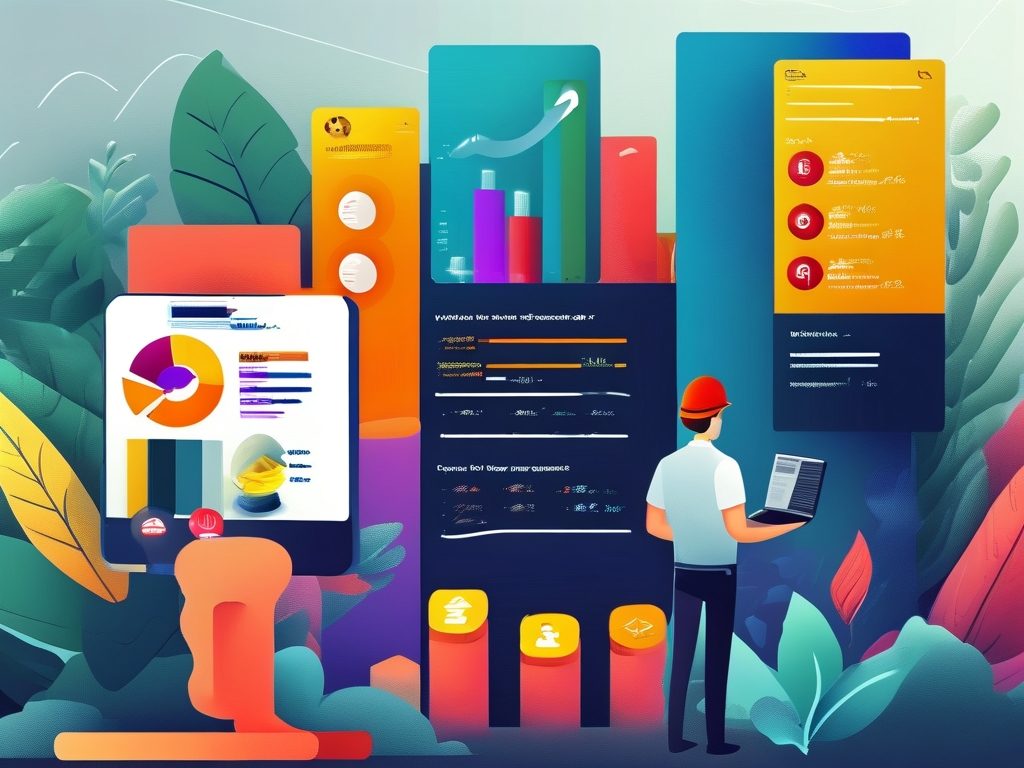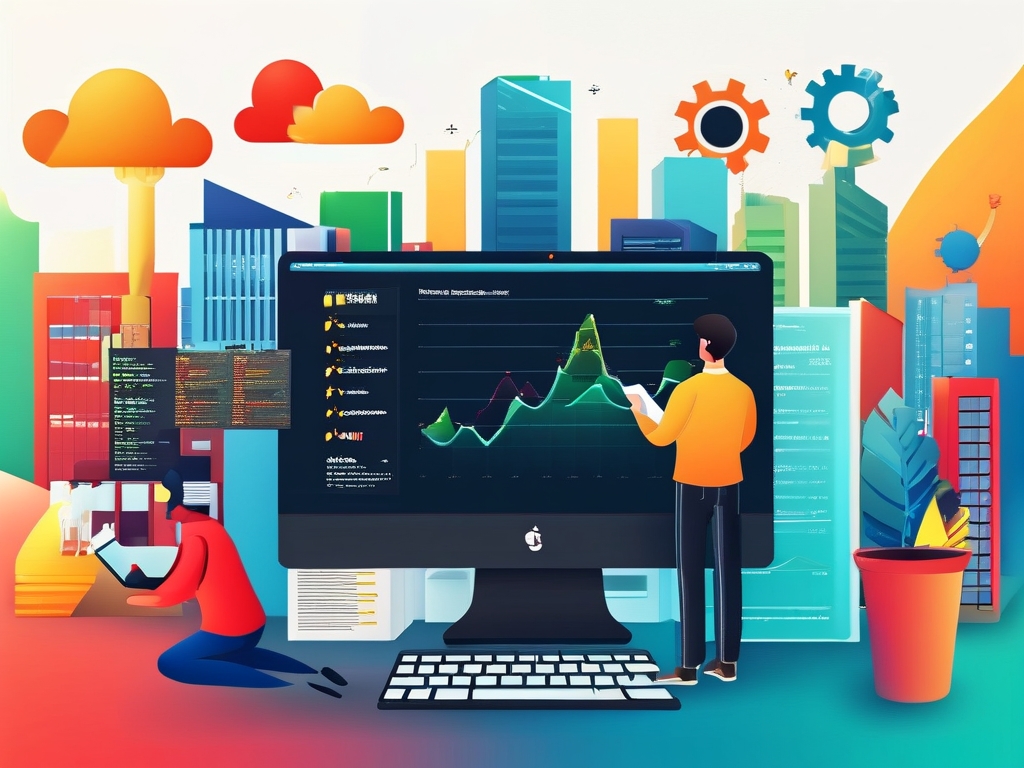The compensation structure for backend engineers has become a topic of significant interest in the tech industry, driven by the increasing demand for skilled professionals who power the digital infrastructure of modern businesses. This article explores the components of backend engineers’ salaries, regional variations, and emerging trends shaping their earning potential.
1. Base Salary: The Core Component
The base salary forms the foundation of a backend engineer’s compensation. According to data from platforms like Glassdoor and Payscale, the average annual base salary for backend engineers in the United States ranges between $90,000 and $150,000, depending on experience and location. Entry-level engineers typically start at $70,000–$90,000, while senior engineers with 5+ years of experience often command $130,000–$180,000. In high-cost regions like Silicon Valley or New York City, these figures can be 20–30% higher due to cost-of-living adjustments.
2. Bonuses and Equity: Performance-Driven Incentives
Many tech companies supplement base salaries with performance bonuses and equity. Annual bonuses for backend engineers usually range from 5% to 15% of the base salary, tied to individual or company-wide milestones. Startups and publicly traded companies often offer stock options or restricted stock units (RSUs) as part of compensation packages. For example, a senior backend engineer at a FAANG company might receive RSUs worth $50,000–$200,000 annually, vesting over four years.

3. Regional Disparities: Global Perspectives
Geographic location significantly impacts compensation. While U.S. engineers earn some of the highest salaries globally, backend engineers in Europe and Asia face different scales. In Germany, salaries average €60,000–€90,000 ($65,000–$98,000), while in India, the range is ₹800,000–₹2,500,000 ($10,000–$30,000) annually. Remote work trends post-pandemic have begun to narrow these gaps, with companies like GitLab and Shopify offering “location-agnostic” pay scales to attract global talent.
4. Skill Specialization: Premiums for Expertise
Backend engineers with niche skills often earn premiums. Proficiency in cloud platforms (AWS, Azure, GCP), containerization tools (Docker, Kubernetes), or specific programming languages (Go, Rust, Scala) can boost salaries by 10–25%. For instance, engineers certified in AWS Solutions Architect roles report 15–20% higher earnings. Similarly, expertise in scalable system design or real-time data processing (e.g., Apache Kafka) is highly valued in industries like fintech and e-commerce.

5. Industry-Specific Variations
The industry a backend engineer works in also affects compensation. Finance and healthcare sectors tend to offer higher base salaries due to regulatory complexity and data security requirements. A backend engineer in fintech might earn 10–15% more than a peer in the education sector. Meanwhile, startups may offer lower base salaries but compensate with equity, creating potential for significant long-term gains if the company succeeds.
6. Experience and Career Progression
Career trajectory plays a critical role. Junior engineers focus on technical execution, while mid-level roles involve architecture design and mentorship. At the senior or principal level, engineers often lead cross-functional projects and influence organizational strategy, resulting in compensation packages exceeding $200,000 annually. Leadership roles like Engineering Manager or CTO further elevate earnings, with total compensation reaching $300,000–$500,000 in top-tier firms.
7. Benefits and Perks: Beyond Salary
Non-monetary benefits are increasingly pivotal in compensation packages. Health insurance, retirement contributions, and unlimited paid time off are standard in tech firms. Unique perks like wellness stipends, tuition reimbursement, and remote work allowances add substantial value. For example, a backend engineer at a tech giant might receive $10,000 annually for professional development or $2,000 for home office setup.
8. Emerging Trends: Remote Work and AI Impact
The rise of remote work has reshaped compensation models. Companies are adopting tiered salary structures based on employee location, though debates about fairness persist. Additionally, AI tools are automating routine backend tasks, prompting engineers to upskill in AI integration and system optimization to remain competitive. This shift is creating new hybrid roles, such as “AI Infrastructure Engineers,” which command premium salaries.
9. Negotiation Strategies for Engineers
Understanding market rates and articulating value are key to maximizing compensation. Resources like Levels.fyi and Blind provide anonymized salary data for benchmarking. Engineers are advised to highlight project impact (e.g., “optimized API latency by 40%”) during negotiations and consider the total package, including equity vesting schedules and career growth opportunities.
The compensation structure for backend engineers reflects a dynamic interplay of technical expertise, geographic factors, and industry demands. As technology evolves, staying adaptable and continuously upskilling will be critical for professionals aiming to optimize their earning potential. Companies, meanwhile, must balance competitive pay with innovative benefits to attract and retain top talent in an increasingly globalized and automated landscape.

